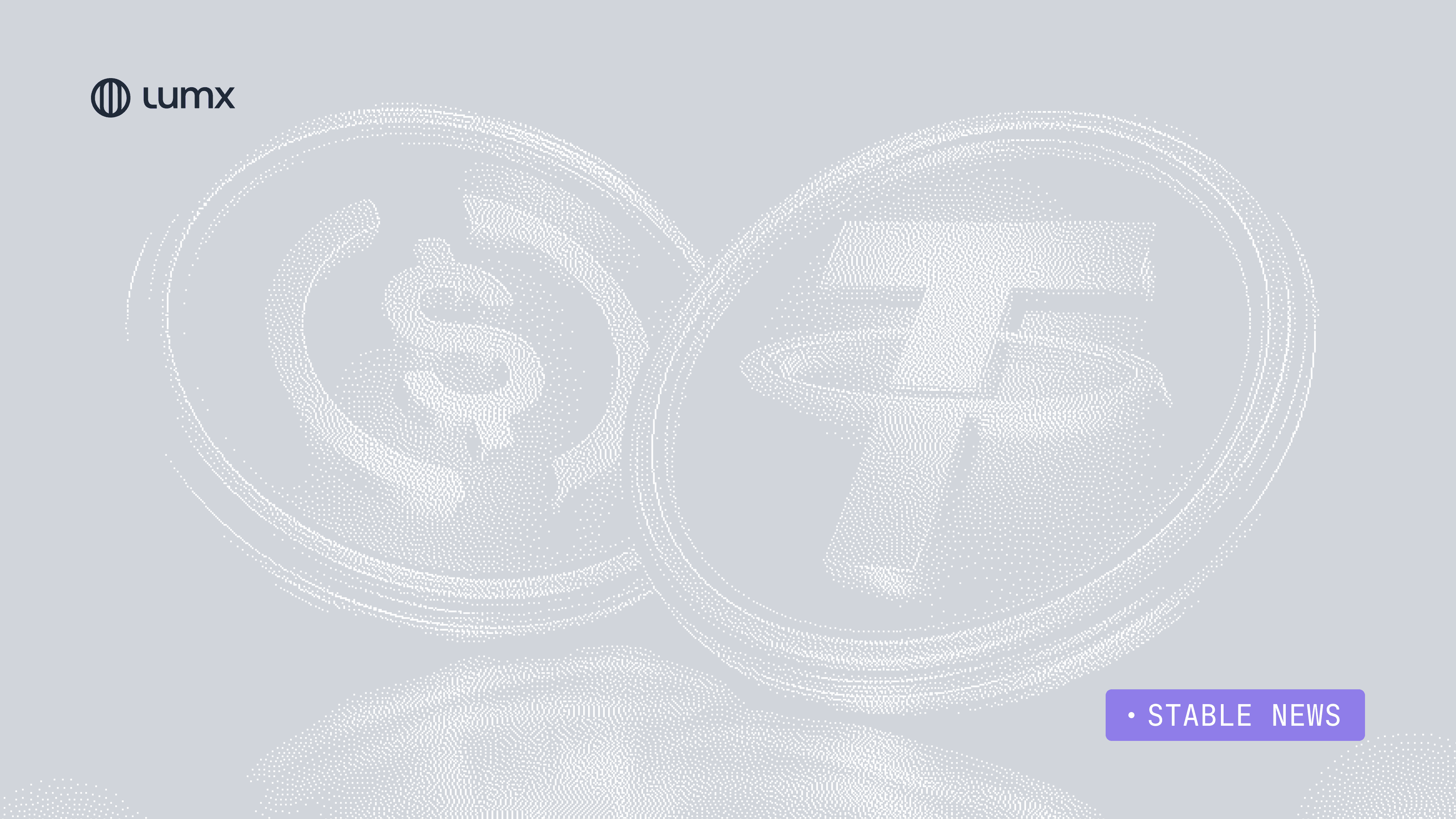In recent years, the term blockchain has gained prominence across various sectors, especially in finance and technology. The concept, which emerged with Bitcoin in 2008, goes far beyond cryptocurrencies and is changing how businesses and individuals conduct transactions, exchange information, and build trust in digital environments. In this article, we will explore in a simple and practical way what blockchain is, how it works, and why it is being considered a technological revolution.
What is blockchain?
At its core, blockchain is a distributed ledger technology that enables secure and transparent transactions between different parties without the need for an intermediary, such as a bank or central authority. Imagine a large ledger where each transaction is recorded in a "block" of data, and these blocks are connected in a "chain" of information — hence the name "blockchain."
Each block contains a set of transactions that are verified by network participants (called "nodes"). Once a block is added to the chain, it is practically immutable, meaning the information it contains cannot be altered without the consensus of the entire network. This ensures the security and transparency of the transactions.
How does blockchain work?
To understand how blockchain works in practice, imagine the following example:
Suppose you want to sell an item online but do not know the buyer personally. Traditionally, you would rely on an intermediary platform, such as an e-commerce site, to ensure the payment is made correctly. With blockchain, however, there is no need for an intermediary. Instead, the transaction would be validated by multiple computers spread across the world, all with copies of the same "blockchain."
These computers (or nodes) verify the transaction based on predefined rules (known as "consensus"). Once verified, it is added to a new block, which then joins the existing chain of blocks, forming the blockchain. Each recorded transaction is public, but the identities of those involved are encrypted, ensuring security and privacy.
Why Is blockchain important?
The key differentiator of blockchain is its ability to create trust in decentralized environments. Traditionally, institutions such as banks, notaries, or governments are responsible for validating and guaranteeing transactions. However, these intermediaries can be costly, slow, and susceptible to errors or corruption.
Blockchain eliminates the need for intermediaries by creating a system where network participants mutually verify transactions. This means that transactions can be made directly, quickly, and at lower costs. Moreover, since each transaction is recorded and verifiable, the risk of fraud is drastically reduced.
Practical applications
While this technology initially emerged with Bitcoin and other cryptocurrencies, its applications go far beyond the financial world. Here are a few practical examples of how blockchain is being used across various sectors:
Supply Chain: Companies can use blockchain to track the origin of products. For example, a supermarket can ensure that the fish you purchased was sustainably caught and transported properly, as each step of this process is recorded on the blockchain.
Healthcare: Hospitals and clinics can use blockchain to store and share medical records securely. This allows doctors to access a patient’s complete medical history, regardless of where they were treated, with the guarantee that the data hasn’t been tampered with.
Smart Contracts: These are programmable contracts that automatically execute the terms set by the parties involved. Imagine renting an apartment: with a smart contract, the rent payment is automatically transferred to the landlord once the contract conditions (such as the handover of keys) are met.
Is blockchain secure?
One of blockchain’s greatest advantages is its security. Since each block is cryptographically connected to the previous and next block, modifying any data would require a hacker to simultaneously alter all blocks across millions of computers — an almost impossible task. Furthermore, since transactions are verified by consensus, any attempt at fraud would be quickly detected by the network.
Challenges and opportunities
Despite the accelerated growth and revolutionary potential of blockchain, many businesses have yet to discover how they can benefit from this technology. A significant part of this challenge lies in the technical barriers and complexity involved in adopting and integrating blockchain-based solutions. For organizations without a specialized technical team, the learning curve may seem steep, and the risks associated with implementation are high.
This is where companies like Lumx come into play, shortening this path. Through the Lumx Protocol, we’ve developed a set of solutions that simplify blockchain adoption, even for businesses without expertise in the field. Our APIs and SDKs remove technical barriers and allow companies to integrate blockchain quickly, securely, and efficiently.
How does the Lumx Protocol facilitate blockchain adoption?
The Lumx Protocol offers three key modules — Wallets, Smart Contracts, and Transactions — that allow companies to build and implement blockchain solutions without the need for deep technical knowledge.
Wallets: We simplify the management of digital assets in an intuitive and secure way, eliminating the need for technical expertise. This module allows developers to integrate digital wallets into their projects, offering a seamless experience for the end consumer.
Smart Contracts: Automate processes with smart contracts without needing to master Solidity or develop everything from scratch. With pre-defined templates and audited contracts, you can create, test, and deploy contracts quickly and securely.
Transactions: Execute complex transactions on the blockchain without worrying about technical details. Our transaction module handles the complexities, allowing businesses to focus on what truly matters: innovation and delivering value.
Why use the Lumx Protocol instead of building from scratch?
For Developers:
Simplicity: Use the programming language you are already familiar with, without needing to learn Solidity or manage complex libraries.
Efficiency: Save time and effort by using ready-made, tested, and audited solutions from our team, eliminating the need to build everything from scratch.
Focus on Innovation: With technical barriers removed, you can focus on creating and implementing real and innovative solutions without being bogged down by the complexities of blockchain.
Security: Our pre-audited modules ensure that your solutions are secure and market-ready, minimizing risks during development.
For Businesses:
Cost and Time Reduction: The Lumx Protocol offers a fast and secure way to integrate blockchain into your processes, eliminating the need for significant investment in specialized development.
Scalability: Leverage blockchain infrastructure without worrying about the maintenance of complex systems, ensuring your business can scale efficiently.
Seamless Innovation: With our APIs and SDKs, you can innovate in various areas — from supply chain to loyalty programs — without dealing with blockchain’s technical complexities.





